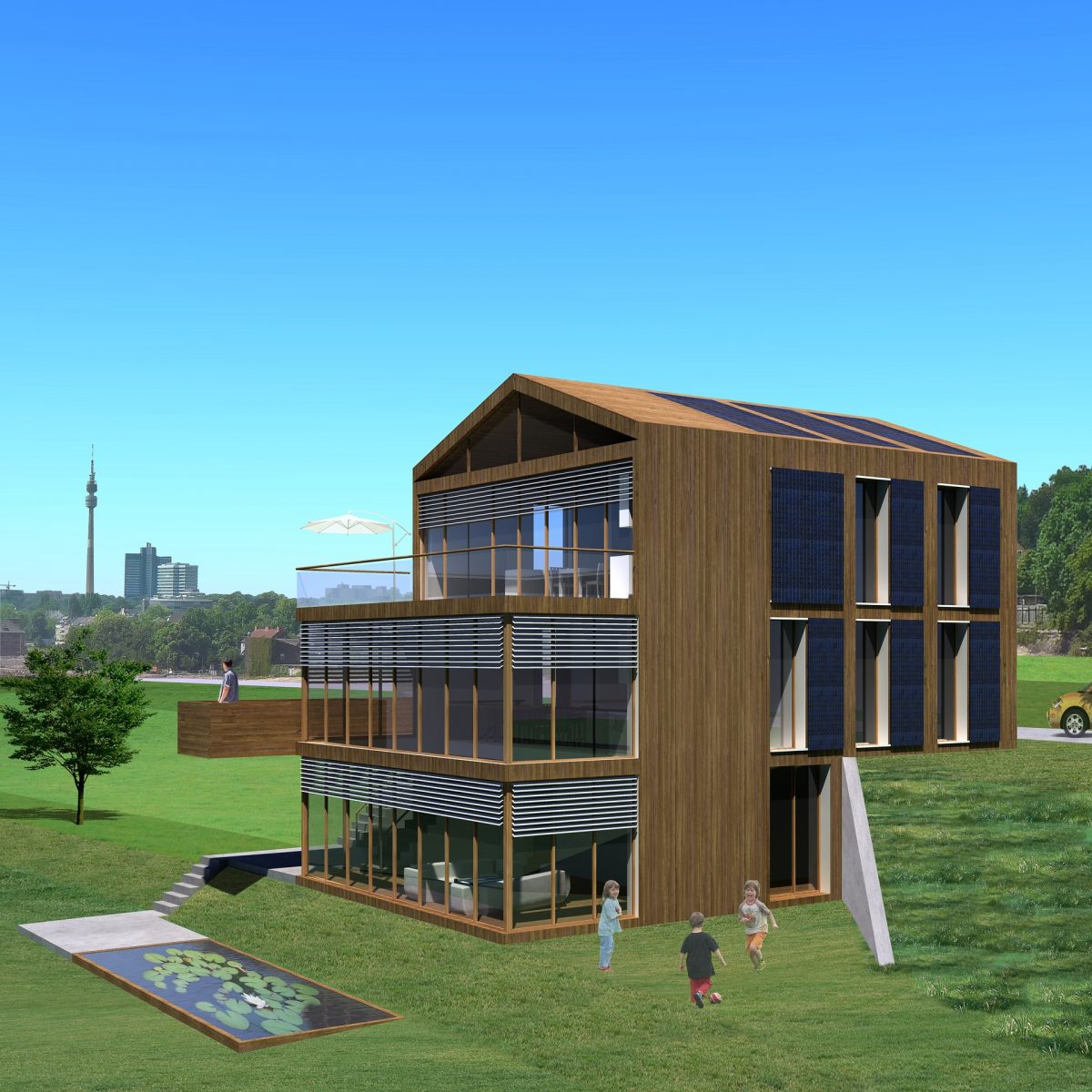People who live in passive houses live in comfortable, modern homes with no drafts or temperature variations from room to room. Incredibly, they have virtually no heating or cooling bills. If this concept sounds appealing, you might try living in a passive home.
The passive house approach focuses on the following 5 main principles:
- Solar orientation.
- High insulation.
- High-performance windows.
- Airtight enclosure.
- Balanced ventilation with heat recovery.
A passive home is a construction concept and building standard that is energy efficient, comfortable, affordable, and ecological at the same time. The basic tenants of the passive house approach are “maximize your gains, minimize your losses.” A passive house project maximizes the energy efficiency of the basic components in all buildings: the roof, walls, windows, floors, and utility systems. In order to reduce the home’s impact on the environment, the building’s energy losses are minimized using smart insulation. The heating and cooling system is not called on as frequently with this insulation thereby saving resources and operating costs. Unlike other structures, passive houses maintain occupant comfort steadily for more hours of the year without relying on active heating and air conditioning equipment.
There are many benefits to building a passive house. Here is a comprehensive list:
- Incredible energy efficiency-Passive houses consistently reduce energy for heating and cooling by 90% over typical construction.
- Superior sound insulation-extraordinary airtightness levels, triple-pane glass, and thick insulation also provide superior sound insulation.
- Durability-careful detailing, advanced design, better building components, and proven building science help to ensure there is no mold or condensation inside the home or its walls.
- Low maintenance-with simple mechanical systems and high-quality carefree building components, passive homes are simple to operative and inexpensive to maintain.
- Resilient– a passive house seldom requires active heating and cooling systems thereby comfortable indoor conditions are maintained even during power outages or in the face of fuel shortages.
- Affordable-the initial cost of a passive house building is approximately 0% to 10% more than typical construction. However, the high-quality construction reduces monthly heating costs by 80% to 90%.
- Pathway to net zero-the low energy required by a passive house for heating and cooling means that a small and affordable renewable energy system can turn a passive house into a net-zero energy building.
- Measured and verified performance– computer energy modeling of a home’s energy consumption during the design stage and third-party verification during the construction stage provide assurance of a superior building.
- Increased thermal comfort– passive houses offer the highest levels of interior comfort of any building type today with comfortable temperatures, no drafts or cold spots, and no temperature swings.
- Much improved indoor air quality in a passive house a
continuous supply of filtered fresh air is provided by the ventilation unit which also transfers the thermal energy from the air leaving the house to the fresh air coming into the house which greatly reduces the need for heating and cooling. The result is a comfortable, fresh, indoor air quality with greatly reduced dust, pollen, and other pollutants.
There are many benefits to building a passive house and they add up to simple, affordable living. Passive homes are very quiet and designed to last a long time. Does this kind of home interest you? Consult with one of our architects and we can lead you to your dream of owning a passive home.


